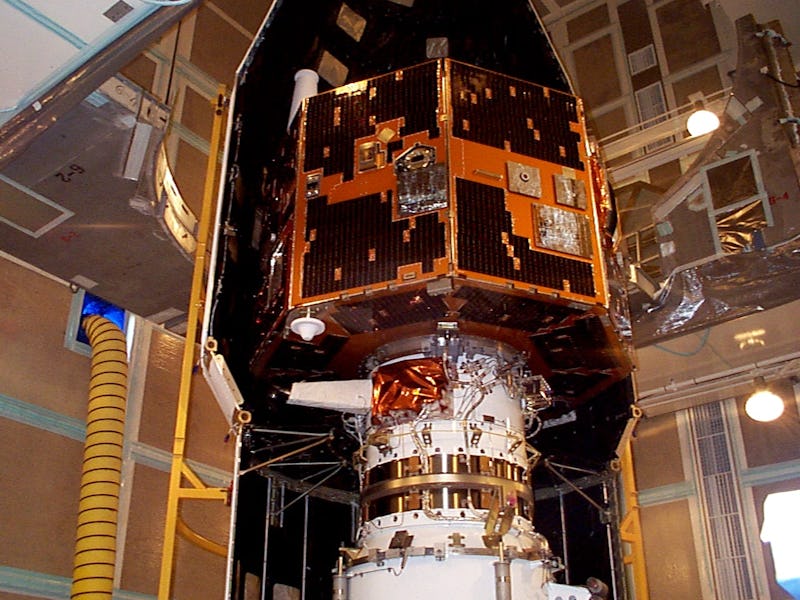How Amateur Astronomer Just Discovered NASA Satellite Missing for 12 Years
Back from the dead.

Sometimes people need to drop off the grid for a little while to go find themselves, but what NASA’s IMAGE satellite just pulled is ridiculous. It launched in 2000, studied Earth’s magnetosphere before suddenly disappearing in 2005, and reappeared just last week when an amateur astronomer spotted it.
And here’s the really wild part: After 13 years lost in space, it’s still transmitting like nothing even happened. Hey, IMAGE, maybe have a little shame about not picking up your damn phone for more than a decade, huh?
Canadian amateur astronomer Scott Tilley discovered the missing IMAGE on January 20 while looking for another wayward craft, the Zuma spy satellite that was lost after a SpaceX launch in January. He picked up a signal he didn’t immediately recognize, but a quick search turned up that it belonged to IMAGE.
After Tilley shared the news of his potential discovery, NASA set out to confirm the signal. Earlier this week, the agency’s Goddard Space Flight Center used antennas in five different locations to double-check the signal’s characteristics. Everything checked out: This was IMAGE, returned from the great beyond.
Exactly why the satellite dropped off in the first place is still an open question, and its sudden reappearance only deepens the mystery. After five years orbiting Earth and studying our planet’s magnetosphere, IMAGE abruptly stopped transmitting on December 18, 2005. NASA ultimately surmised a short circuit had knocked out vital systems. The agency made several attempts to get the satellite back online, even hoping an eclipse in 2007 would trigger a full reboot, but after all these efforts failed the mission was declared officially over.
What happens next is the really fascinating question. NASA confirmed Tuesday that it had been able to read telemetry data from the satellite, and other data it was able to glean indicates at least the main control system is still working. It will take a couple weeks of reverse engineering to make systems that can effectively communicate with the now 18-year-old satellite, but the hope is it might be possible to switch back on its various science instruments.
NASA has said it will wait to make any decisions about IMAGE’s future until it can actually see what is working, but there’s a chance that the entire satellite could eventually return to service, assuming its instruments are still working.
While IMAGE’s potentially more or less intact status would make it the most impressive satellite recovery on record, it’s far from the longest time spent off astronomers’ radar before returning. Amateur astronomers in 2013 picked up signals from the an experimental satellite called LES-1 launched in 1965, nearly a half-century earlier.
That, however, proved to be little more than a fluke of degraded batteries and transmitter. IMAGE, on the other hand, might be ready for an entire second life up there — or third, depending on just what kind of wild living it got up to while outside NASA’s watchful eye.